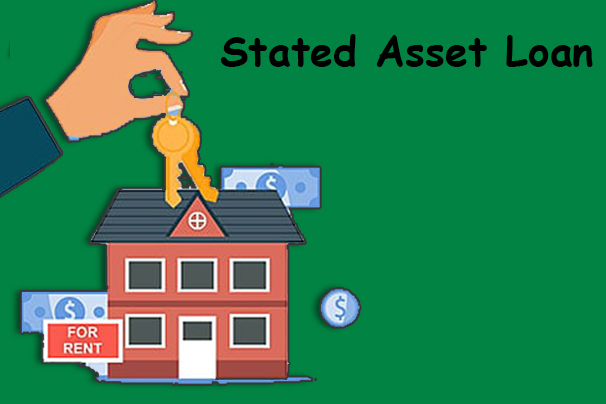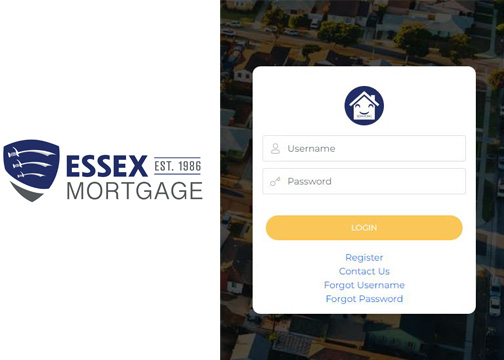A stated asset loan is a home mortgage that enables income verification through nontraditional documentation, allowing the borrower to verify their income without a lender. The stated asset loans aim to simplify mortgage loan applications for home buyers with challenging-to-record incomes. Self-employed home buyers often have a hard time with their income documentation.

What Is a Stated Asset Loan?
A stated assets loan is a mortgage loan that does not require traditional verification of a borrower’s income. Mortgage lenders can easily verify the accuracy of borrowers’ income during the application process. This makes applying for a mortgage loan a lot better and easier. Stated asset loans are popular among self-employed individuals, those with fluctuating incomes, and those struggling to secure traditional mortgage approvals.
Does the stated asset loan still exist?
The stated asset loan does not exist anymore in 202. Lenders are now required to verify the income and assets of a borrower before approval of the mortgage loan. This is to confirm the borrower’s ability to repay the loan. Some lenders still promote stated asset loans, but these loans are not the same as the non-income-verification loans of 2008.
The current stated asset loans still require some information on the borrower’s income on record. Income documentation, such as tax returns, bank statements, or a letter from a CPA, is crucial for financial reporting. Current stated asset loans often have high interest rates and require down payments to compensate for added lender risk.
Stated Asset Loan Alternatives
State asset loans may be a thing of the past, but there are different alternatives you can select from. Borrowers who do not qualify for the traditional mortgage loan can easily select from its alternatives. Aside from government-backed mortgages and traditional loans, borrowers can decide to apply for a non-qualified mortgage loan. Some of the state asset loan alternatives include
Bank Statement Loans
This loan is best for self-employed borrowers. Bank statements, which are used to confirm a borrower’s income, typically take 12-24 months, rather than tax returns. Bank statement lenders request a profit and loss statement to assess a business’s financial health.
Asset Depletion Loans
Asset depletion loans, also known as asset-qualifier loans, allow borrowers to get approved for a loan based on their income. An asset depletion loan is a lender that sums up your liquid assets and uses a formula to regulate your monthly income. Your total assets will be divided by 360 to determine your monthly income.
Investor cash flow loans
Based on the anticipated income of the rental property, investor cash flow loans are specifically tailored for real estate investors. To assess repayment capacity, the lender looks at the income from the property; this frequently necessitates a rental analysis or appraisal.
Conventional loan for self-employed borrowers
Self-employed borrowers can apply for traditional loans from Fannie Mae and Freddie Mac, but they need more comprehensive proof of income. To determine income and monthly mortgage payments for these loans, 1-2 years’ worth of tax returns, a profit and loss statement, and a balance sheet are required.
Government-backed loans (FHA, VA, USDA)
For self-employed or complex customers, government-backed loans such as FHA, VA, and USDA have less stringent criteria for a down payment and credit score minimum. Moreover, depending on the specifics of each loan program and case, different documentation may be needed.
Hard money loans
Hard money loans are short-term loans from private lenders that are frequently used by real estate investors for restoration or fix-and-flip projects. These loans have higher interest rates and frequently need a 20% down payment based on the value of the property being used as collateral.
Can I Still Get a Stated Asset Loan?
Many mortgage lenders currently provide stated-asset loans. Moreover, some individuals believe it is no longer available because of the negative image the mentioned loan earned following the 2008 housing market meltdown and subsequent recession.
In addition, a stated asset loan was a common format for stated income mortgages. Lenders frequently allowed exceptionally high loan-to-value (LTV) ratios—up to 125% of the home’s appraised value—and frequently did not verify facts. In essence, anyone could obtain one. Furthermore, a credit score of at least 660 is now necessary for a stated asset loan.
How to Apply for a Stated Asset Loan
The qualifying requirements will vary depending on the type of loan you apply for and the specified income scheme that best suits your needs. The following are the criteria included:
- You’ll need to provide profit and loss figures and at least one recent bank statement for an alt-doc financing program.
- You must submit 12–24 months’ worth of bank statements to be eligible for a bank statement lending program. A stated income, verified asset (SIVA) loan is another term for this kind of loan.
- To qualify for any kind of loan, self-employed individuals must demonstrate that they have been in business for a minimum of two years.
Major Benefits of Stated Assets Loan
For people who are not eligible for a conventional mortgage or who choose not to use conventional income verification evidence, a stated income home loan can be a good choice. Those who work for themselves or operate small businesses would especially benefit from it. However, compared to conventional mortgages, these loans are more costly and usually have higher interest rates.





